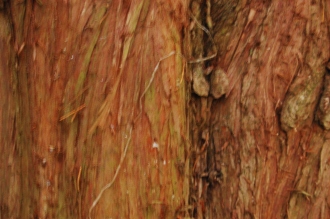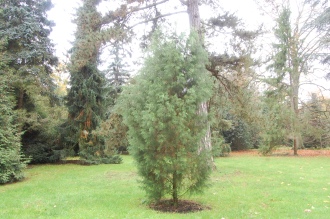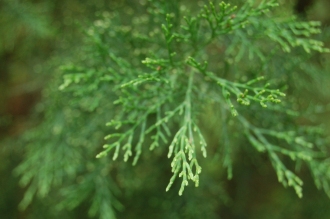Position: Full sun to light shade
Flowering period: Spring
Soil: Moist, well drained
Eventual Height: 25m
Eventual Spread: 6m
Hardiness: 7a, 7b, 8a, 8b, 9a, 9b
Family: Cupressaceae
Cupressus duclouxiana is an upright evergreen conifer tree with a conical to ovoid habit. Its blue/ green leaves are scales, up to 2mm long and grows in dense sprays. Its trunk may achieve a diameter of up to 80cm. Its grey/ brown bark is flaky and peels off in vertical strips. Its yellow monoecious male flowers are in the form of pollen cones, terminal, up to 5mm long. Its purple/ brown fruit cones are globose and up to 32mm across.
Cupressus duclouxiana, commonly known as Chinese Cypress or Yunnan Cypress, is native to south central China. In its native habitat it grows in mixed mountain forests in river gorges.
The etymological root of the binomial name Cupressus is derived from the old Latin name for ‘Italian cypress’. Arizonica is derived from the Latin meaning ‘from Arizona’. Duclouxiana is named after Ducloux François (1864-1945), a French missionary who collected plants in China.
The landscape architect may find Cupressus duclouxiana useful as an upright conifer tree with attractive foliage.
Ecologically, Cupressus duclouxiana is of little wildlife benefit in the UK.
Cupressus duclouxiana prefers moist, fertile, well-drained soils. It tolerates most pH of soil.
Cupressus duclouxiana requires little maintenance.
![]()
Landscape Architecture













